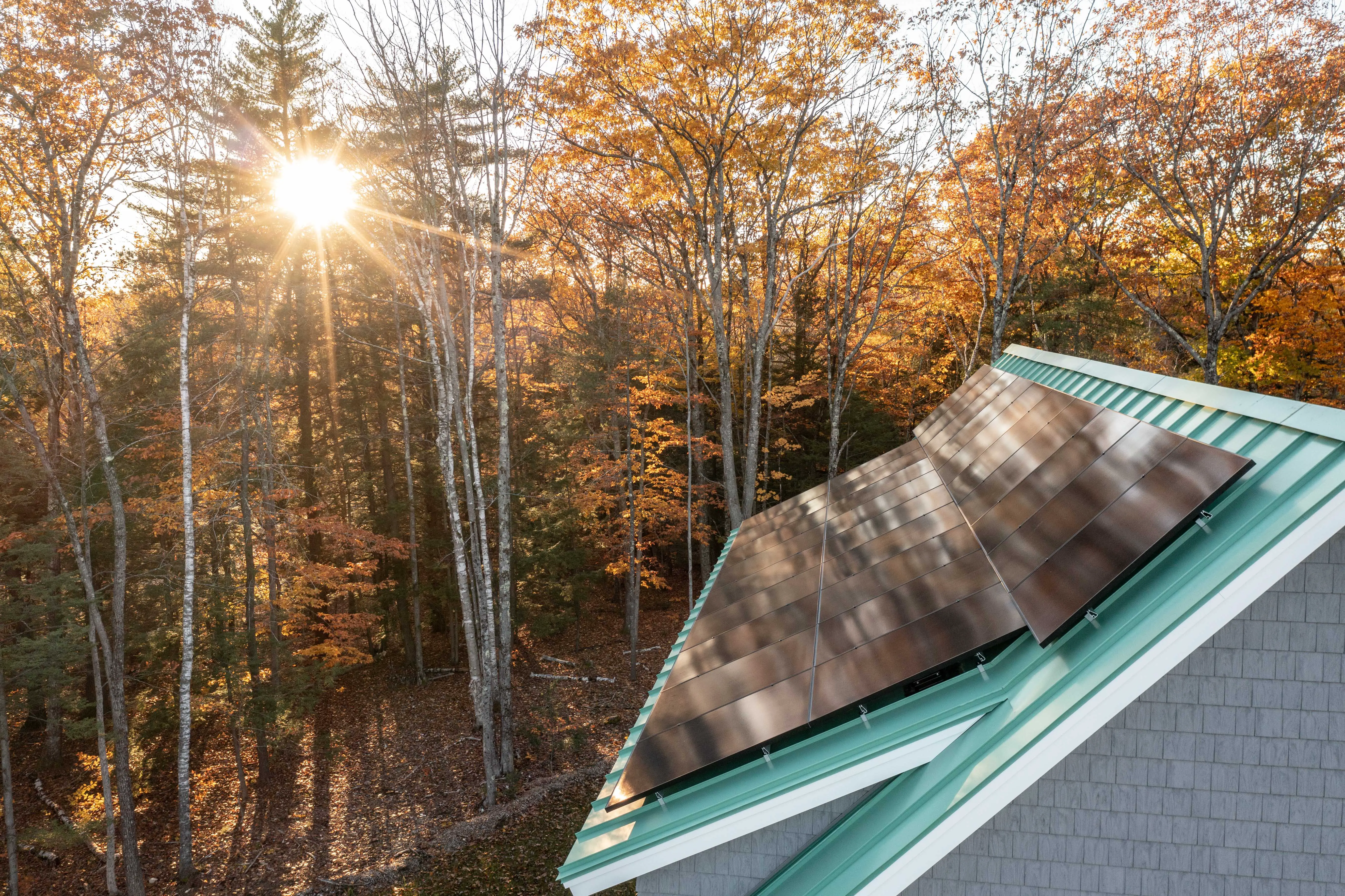"There’s not one design element we would’ve changed"
"Our experience with BrightBuilt was fantastic"
"Home of our dreams with no recurring energy costs"
"The most comfortable home we’ve ever lived in"

"There’s not one design element we would’ve changed"
"Our experience with BrightBuilt was fantastic"
"Home of our dreams with no recurring energy costs"
"The most comfortable home we’ve ever lived in"

August 25, 2023
August 25, 2023

For many homeowners, the decision whether to build a high-performance home is a financial one. If you have to make the decision between installing solar panels or getting a few more of the amenities on your wish list, it can be a difficult choice to make. However, if you look at your home as the long-term investment that it is, building green just makes sense.
If you compare two homes with the exact same layout and finishes, the high-performance one will indeed cost a little more to build than the less efficient home. One reason for this is that it requires more materials to construct super-insulated walls and to tightly seal the home to prevent air leaks. However, your overall savings in other areas make going green a good financial investment. Here we list the top 3 reasons why building green makes financial sense.
High-performance homes provide immediate and significant savings on utility bills. In recent years, there’s been an upward trend in fossil fuel costs and, correspondingly, utility and electricity expenses. Oil prices have more than tripled in the past 20 years. And the oil we use to heat the majority of homes in New England is not likely to get any cheaper. Likewise, in just 14 years, the average price for residential electricity has increased by 65%—and it continues to trend upward.
If you have a typical home that uses an oil furnace and gets electricity from a grid that is fueled by coal, you can’t predict what your utility costs will be, but you know they are going to continue to increase over time as those resources get depleted. On the other hand, if you have a home that is powered by the infinite, free power of the sun, the monthly costs to heat, cool, and power your home will be predictably low as long as you live there.
Early adopters of green home technology did pay more for the many benefits of a green home and took some risks on its performance. However, energy efficiency and solar technology have improved dramatically in the past couple decades, so this is no longer a valid excuse—the technology is proven, it’s better, and it’s more affordable.
Air-source heat pumps—the most common heating and cooling system for high-performance homes—can now operate at outdoor temperatures well below zero. According to the U.S. Department of Energy, they can deliver one and-a-half to three times more heat energy to a home than the electrical energy it consumes. You can’t say this about your oil furnace. Additionally, there are now many state and federal incentive programs to help offset the cost of green technology.
Solar panels have also vastly improved in their capacity for power production, while the cost to purchase and install them has decreased. These improvements have made building green not only affordable, but also potentially less expensive than a comparable newly built home that meets only code-minimum energy standards.
For a family of four, a net-zero home—a home that generates as much electricity as it uses—would offer an estimated savings of $400 per month, or $4,800 per year (based on the Department of Energy’s calculations for average energy costs for New England). Considering that the average time homeowners stay in their homes is 10-13 years, the cash savings over that time period is between $48,000 and $62,000. If factored over the life of a 30-year mortgage, the accumulated savings would equal $144,000 to $186,000 (not adjusted for inflation or compounding interest).
Given these projected savings, and assuming 10-year ownership, a net-zero homebuyer would have an additional $50,000 for the project at the outset. In other words, you get an extra $50,000 to spend up front, and yet you’ll still be spending the same as you would monthly if you had built a comparably sized home to code-minimum standards. This also assumes that there will be no change in fuel and electricity prices over these 10 years, which is an unlikely scenario.
This sum also does not account for the added lifestyle value of building green: filtered fresh air, consistent interior temperatures, and the peace and quiet of a well insulated home, to name a few.
Several studies have shown that green homes for sale capture an average of 8%, and up to a whopping 30%, of added value over a conventionally built home of comparable size and location. That means that in the current market, high-performance homes are selling at a premium. Given that code-minimum home construction continues to outpace construction of high-performance homes, it stands to reason that high-performance homes will likely gain further value in years to come.
If you’re planning to build a new home and financial concerns are holding you back from going green, it’s time to let those concerns go and take a closer look at the true value of a high-performance home. Contact Brightbuilt Home today and find out how we can make your green home dreams a reality.